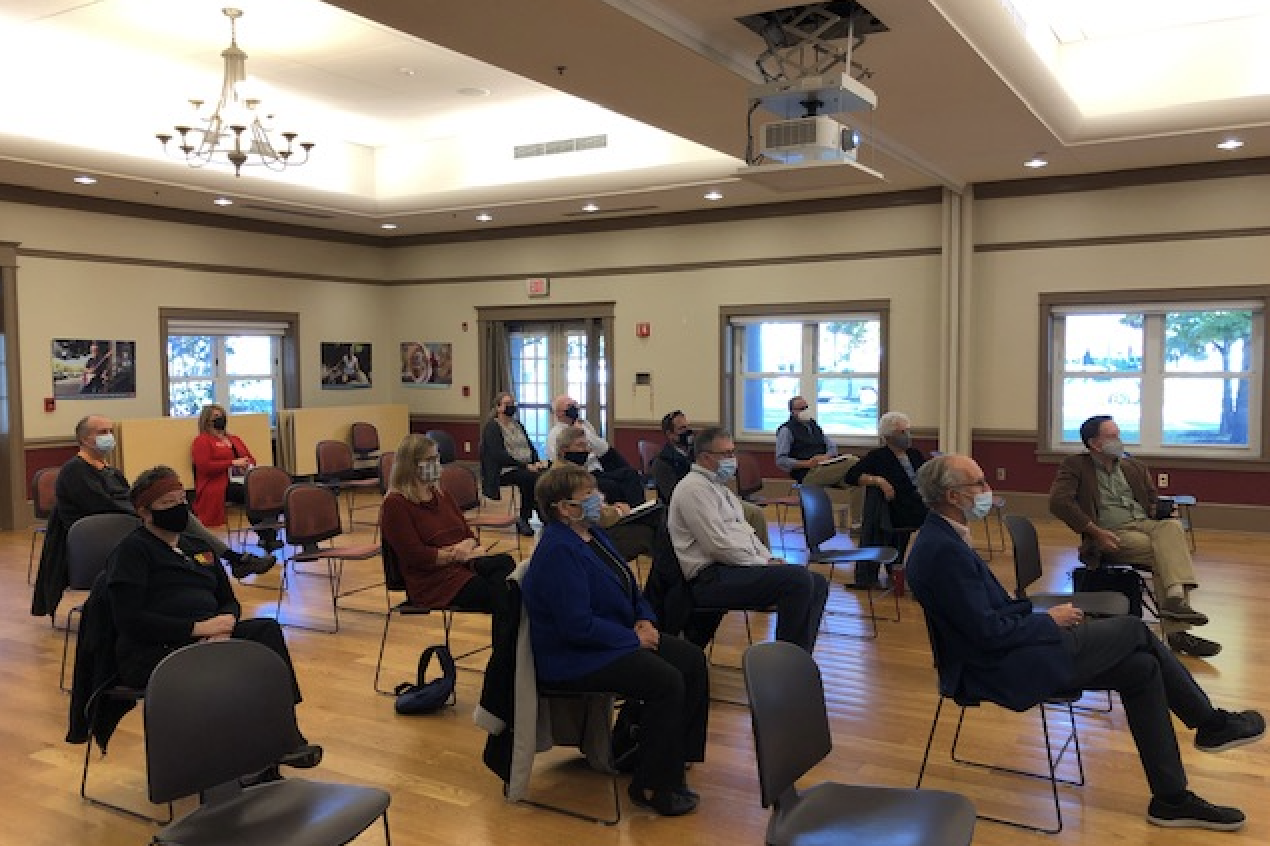
15 Nov How Much Community Research is Enough?
The first step to uncovering a community’s brand identity is to hear from the people who call it home. This research is a thorough and immersive process, as it must be comprehensive and inclusive to everybody who wants to have a voice in the project.
While as many people as possible should participate in the effort, it’s not realistic that you’ll receive input from every resident and stakeholder. So, when do you know you’ve conducted enough research to move forward with brand development?
To answer that question, we must first review a few methods for collecting input. As recently explained by our Research & Market Insights Director Roberto Munoz, notable tactics include focus groups, one-on-one interviews, community-wide surveys and outside market perception studies. They all serve distinct purposes and can help ensure you receive the input and insights you need, efficiently. We’ll dive into a few of them within this blog post.
Interviews are an effective way to initially enhance understanding of a community or fill knowledge gaps. They are most valuable when participants offer extensive expertise and background on the community. Focus groups are an ideal tactic to verify and expand on findings from interviews with a larger body of people.
There isn’t a set number of people to speak with at this stage, but aim to connect with as many people as possible and as time allows. Both should include a wide variety of representatives, such as business leaders, people of influence and (importantly) everyday residents, from every pocket of the community.
These early discussions should help project leaders identify key themes that can later become more focused and ultimately blossom into a few statements on what makes the community distinct.
As research continues, surveys are the best tool for gathering and analyzing a large quantity of information. They can be used to confirm or expand on findings from the focus groups and interviews.
While quantity is important, inclusivity is just as critical with community surveys. Whether it’s online or in-person at high-traffic areas, everybody should be given a chance to provide their input.
The response window can vary – typically a month or two is appropriate – but what should take priority is where the responses are coming from in the community. Every ‘neighborhood,’ leading industry, age group and more should be included. Since you won’t hear from everyone, ensuring key populations respond and are represented is the next best result.
That leads us to a question many communities ask: have we done enough research? The answer lies in if a key theme or learning from every stage of research has risen above the rest, thus, can be confidently stated as a community’s distinct position in the marketplace.
Community research should be an immersive, thorough and exhaustive process. If you don’t have the answer, conduct more interviews and work for more survey responses. Each community has a way to differentiate itself – it just has to find that special nugget and bring it to the surface.We’ve pioneered the process for community research and branding. It’s our passion to help these communities discover what about them is distinct and authentic so they can compete and put their place on the map. Let’s help you get started.
